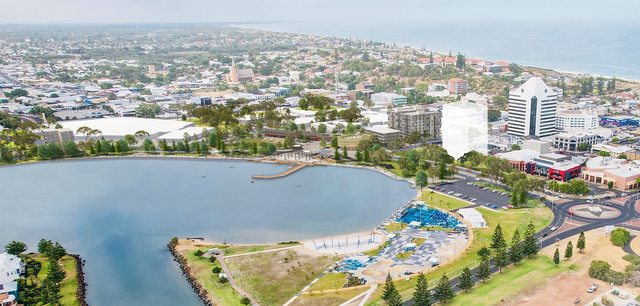The Royal Australian College of General Practitioners (RACGP) has urged governments across Australia to boost rural general practice care so that no patients are left behind.
It comes following new data in a Nous Group report commissioned by the National Rural Health Alliance revealing that each person in rural Australia is missing out on nearly $850 a year of healthcare access (equating to a total annual rural health spending deficit of $6.5 billion).
RACGP Rural chair Associate Professor Michael Clements called for action.
“This report is yet another wake up call,” he said.
“A total annual rural health spending deficit of $6.5 billion simply is not good enough, and a key part of the solution lies in boosting general practice care.
“In many rural and particularly remote areas, it’s just not viable to run a practice. State and territory governments, especially in Queensland which has a less centralised population, must recognise this market failure and work with local communities, including councils, to ensure strong access to general practice care. This includes offering higher locum salaries as well as housing, and all the other benefits that can make a difference like support for spouse employment and childcare. Taken together, it can be enough to tempt a GP to move from a major city role and help a community in need.
“The Queensland Government should also follow Victoria’s lead and provide a financial boost for GPs to pursue general practice as a career. In addition, we must do more to cut red tape holding back international medical graduates from working in Australia. This is particularly important for rural and remote areas, which disproportionately rely on overseas doctors. So, let’s have a coordinated approached to processing applications and greater support to attract and retain these doctors, otherwise they will simply take their skills to another country like Canada.
“Governments too should heed RACGP calls and facilitate more regional and rural placements for medical school students to encourage future doctors to live and work outside of major cities. Leaders must realise that you can’t be what you can’t see. One study, which looked at more than 2000 University of Queensland medical students who completed a six-week placement in a smaller rural community in their third year, found that 106 students chose to extend their rural placement. The students who also did two years of training in regional areas were seven times more likely to choose to work outside of a major city.”
Dr Clements said that many Australians may not be aware of the severity of health inequities in the bush.
“We have a healthcare divide in Australia,” he said.
“The data show that over seven million people in communities across Australia, which makes up almost a third of our total population, experience a greater burden from illness and early death and this is in part due to inadequate healthcare funding. People living in the bush are at a huge disadvantage due to poorer circumstances in terms of the social and economic determinants of health, higher costs of access and delivery of all healthcare and lack of service availability.
“If someone living outside of a major city experiences poor health, they are more likely to end up in hospital because they simply can’t access general practice care. This is a lose-lose situation for all concerned, because the patient ends up in a hospital bed with a health problem that could and should have been managed in a GP’s office and the strain on the hospital sector grows and grows.
“Let’s act to boost healthcare in the bush. As the alliance has pointed out, rural and remote communities are sick of governments tweaking around the edges and trials backed by funding that end after just a few years; we have had more pilots than a major airline. More must be done to address health disparities that leave many communities outside of major cities suffering inferior health outcomes.”








